Mr. KS Anand, Director of Communications of South Eastern Railway, revealed that a faulty signal on the track may have caused the tragic train accident on June 2.
Indian authorities on June 4 are investigating to determine the cause of a catastrophic accident between three trains, killing at least 288 people and injuring more than 850.
The bodies of all the victims have been removed from the scene of the accident. Debris from three trains has been piled up at the scene near the city of Balasore in the eastern state of Odisha.
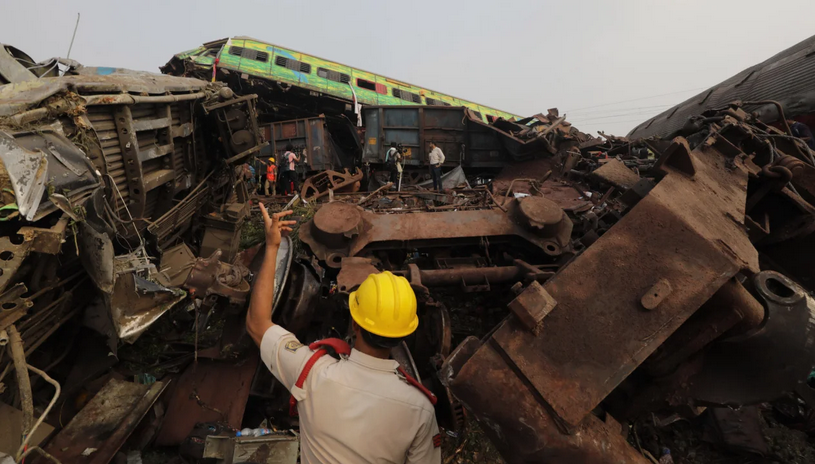 |
The scene of the tragic train accident in Odisha state, India. Photo: CNN |
KS Anand, Director of Communications for the South Eastern Railway, revealed that a faulty signal on the track may have caused the collision of three trains. KS Anand said that the Coromandel Express (Shalimar - Chennai route) on the evening of June 2 was supposed to enter the main track. However, the signal was turned on to guide the train onto the side track, causing it to hit the freight train parked there. After colliding with the freight train, several carriages of the Coromandel train flipped over and blocked two adjacent tracks, derailing the Howrah Express (Bengaluru - Howrah route) as it approached at a speed of 116 km/h.
New developments have emerged suggesting that the Coromandel was the first ship to cause the chain of events, contrary to initial reports that it was the Howrah.
According to the India Express, railway officials gave the Coromandel the green light to enter the main track. However, the signal was turned off for unknown reasons. The Indian Railway Safety Board has not yet completed its investigation into whether the signal was faulty, or whether there was negligence on the part of the signal operator or the train driver.
Indian Prime Minister Narendra Modi visited the site to oversee the rescue operation. “This is a very serious incident and anyone found guilty will be severely punished,” Modi said.
India has the world's fourth-largest rail network, with a total length of more than 126,000 km. However, the system is plagued by poor maintenance and deteriorating infrastructure. In 2021, India recorded nearly 18,000 train accidents, killing more than 16,400 people.
VNA
Source


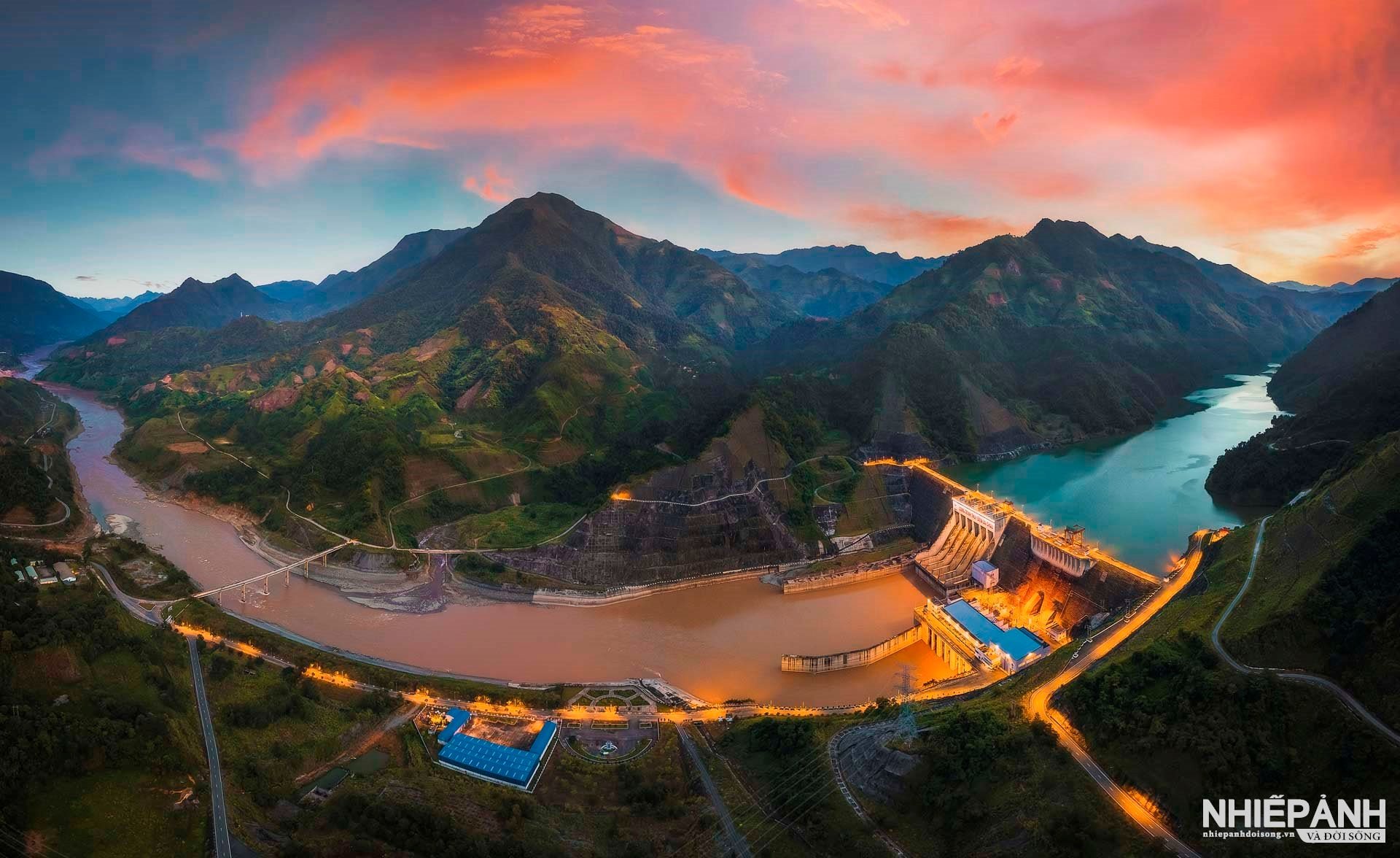
![[Photo] 2nd Conference of the Party Executive Committee of Central Party Agencies](https://vstatic.vietnam.vn/vietnam/resource/IMAGE/2025/3/31/8f85b88962b34701ac511682b09b1e0d)
![[Photo] General Secretary To Lam receives US Ambassador to Vietnam Marc E. Knapper](https://vstatic.vietnam.vn/vietnam/resource/IMAGE/2025/3/31/5ee45ded5fd548a685618a0b67c42970)
![[Photo] Prime Minister Pham Minh Chinh receives delegation of leaders of US universities](https://vstatic.vietnam.vn/vietnam/resource/IMAGE/2025/3/31/8be7f6be90624512b385fd1690124eaa)

![[Photo] Speeding up construction of Ring Road 3 and Bien Hoa-Vung Tau Expressway](https://vstatic.vietnam.vn/vietnam/resource/IMAGE/2025/3/31/f1431fbe7d604caba041f84a718ccef7)
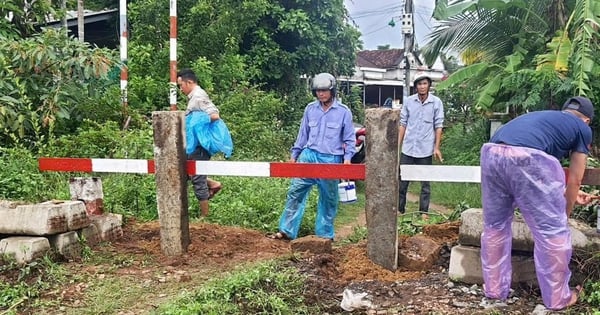



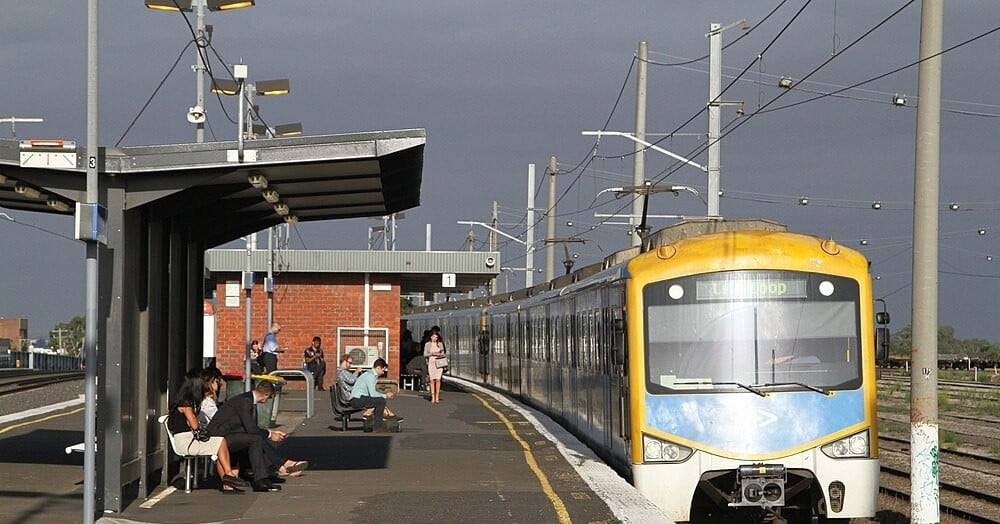

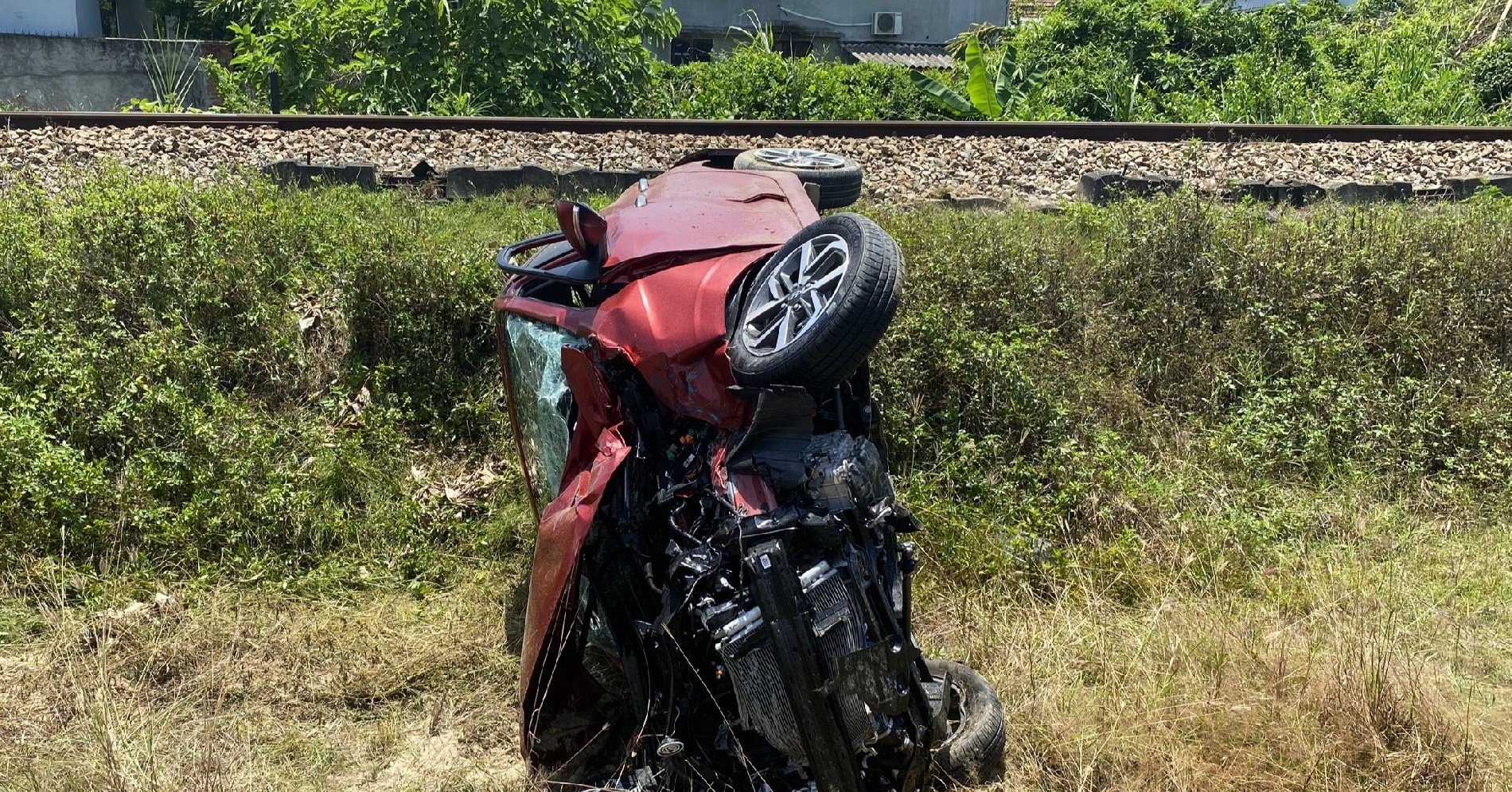
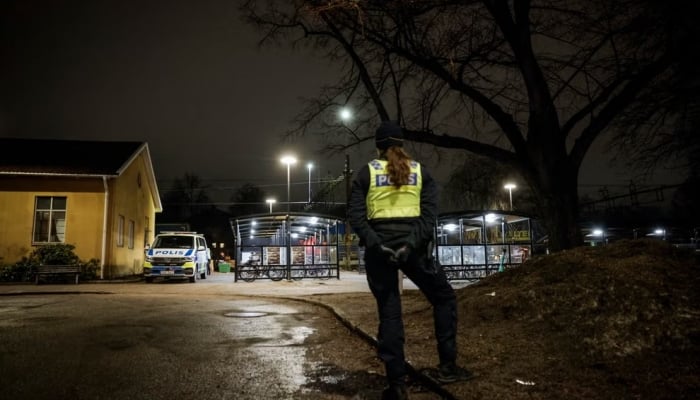

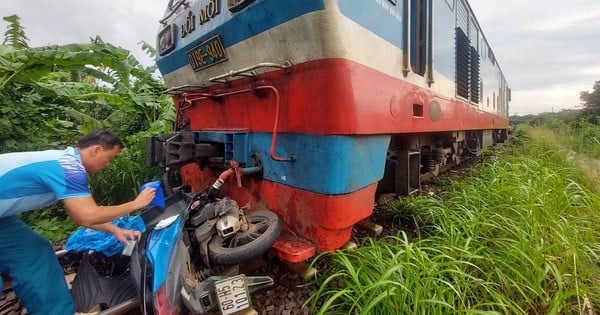

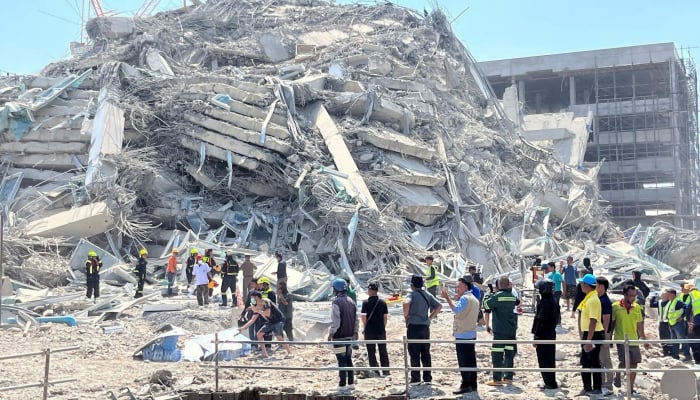









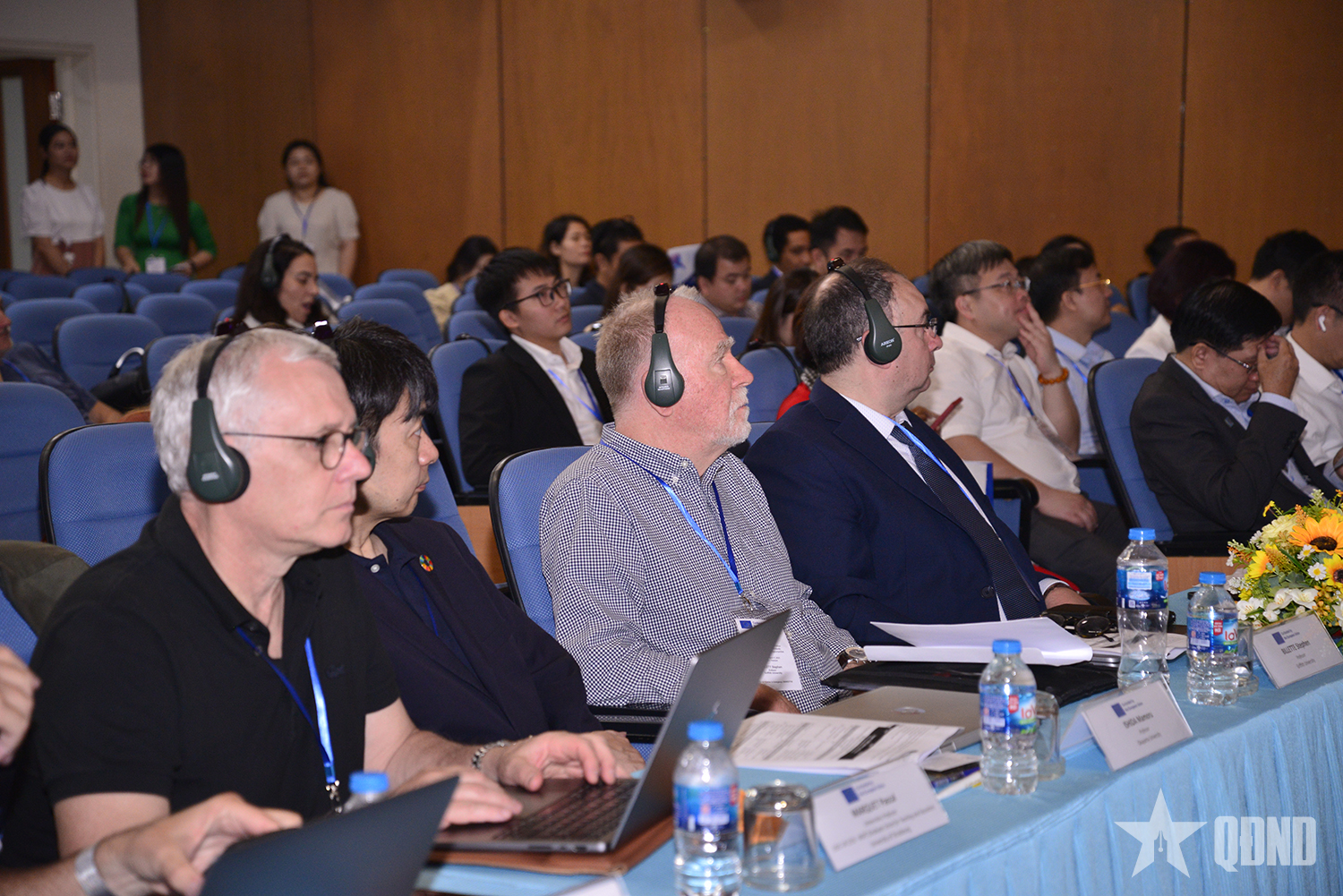


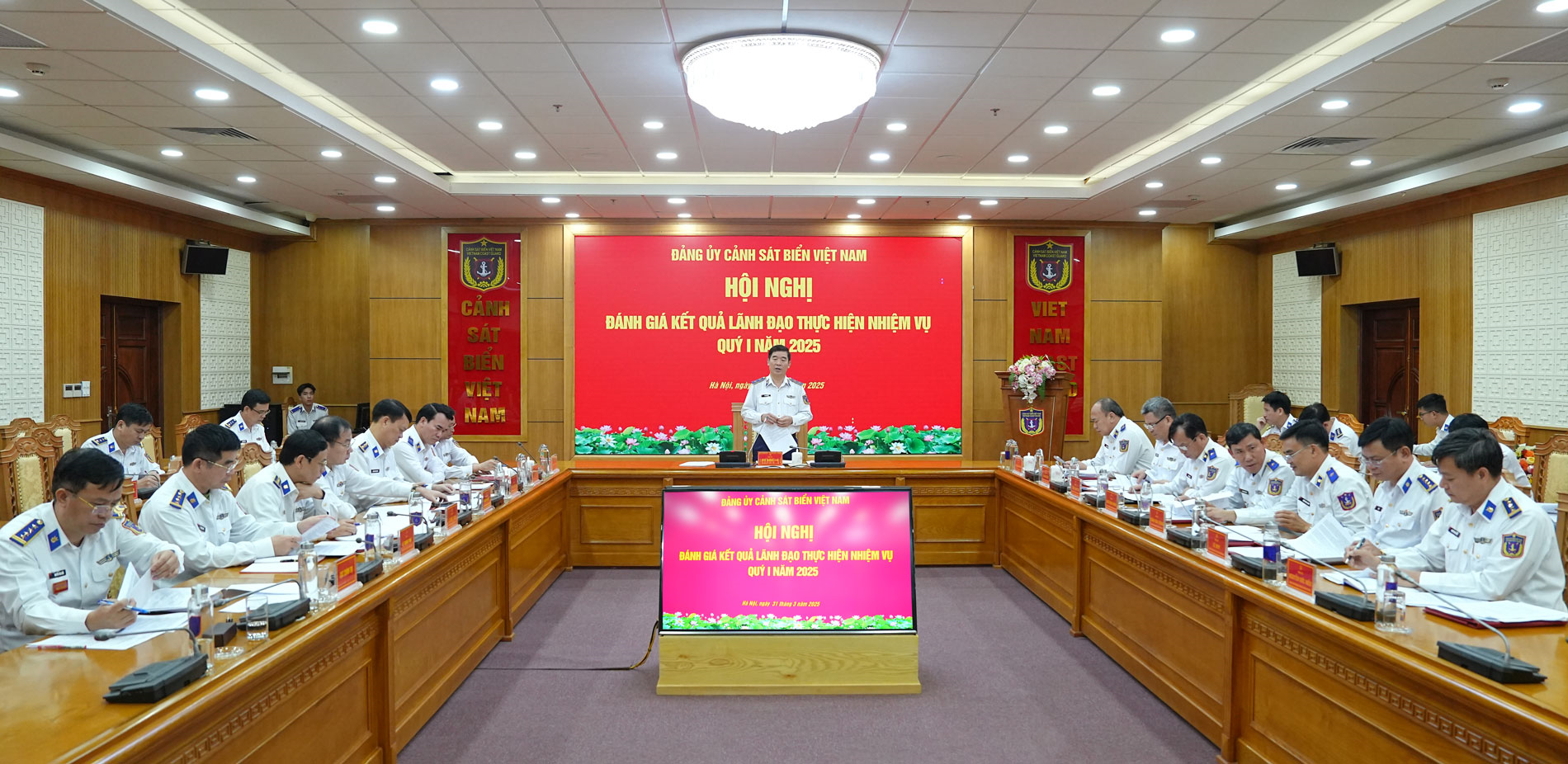


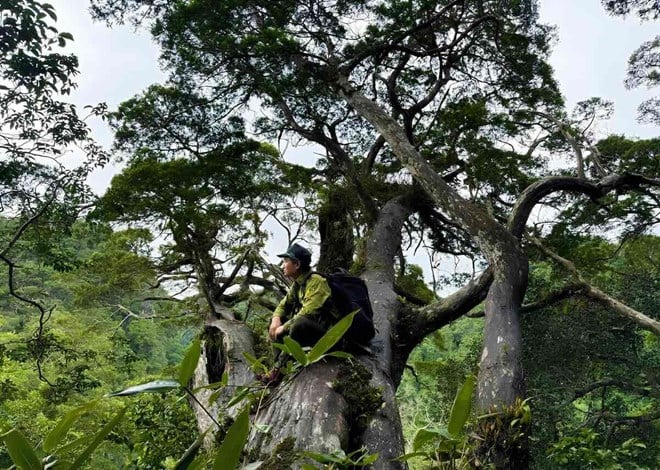

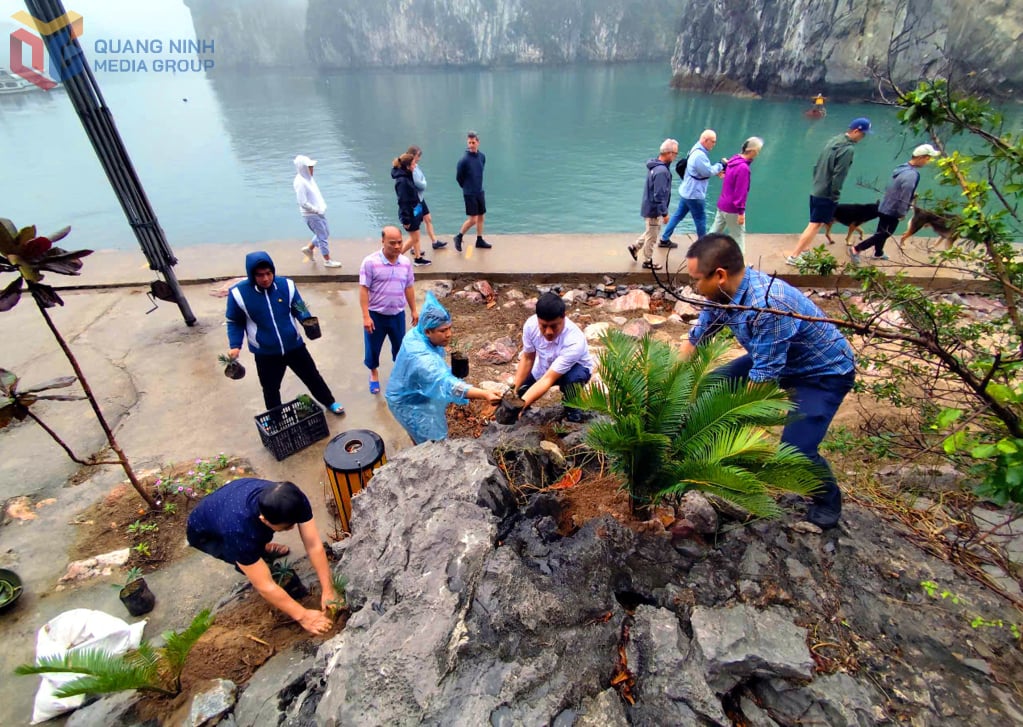






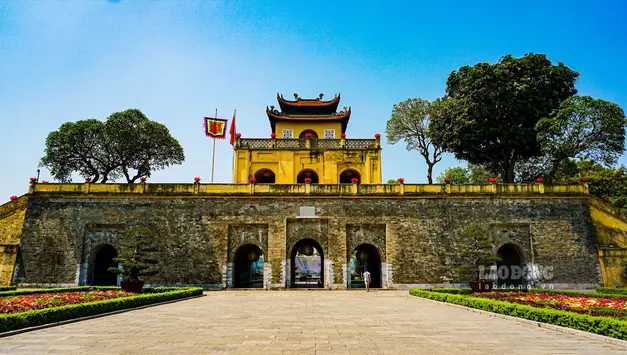




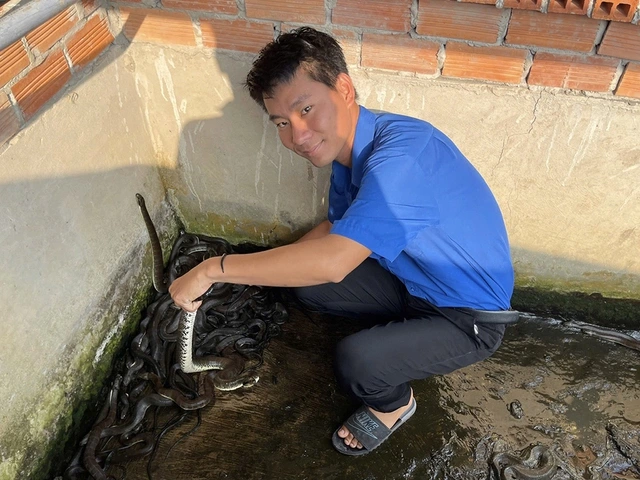














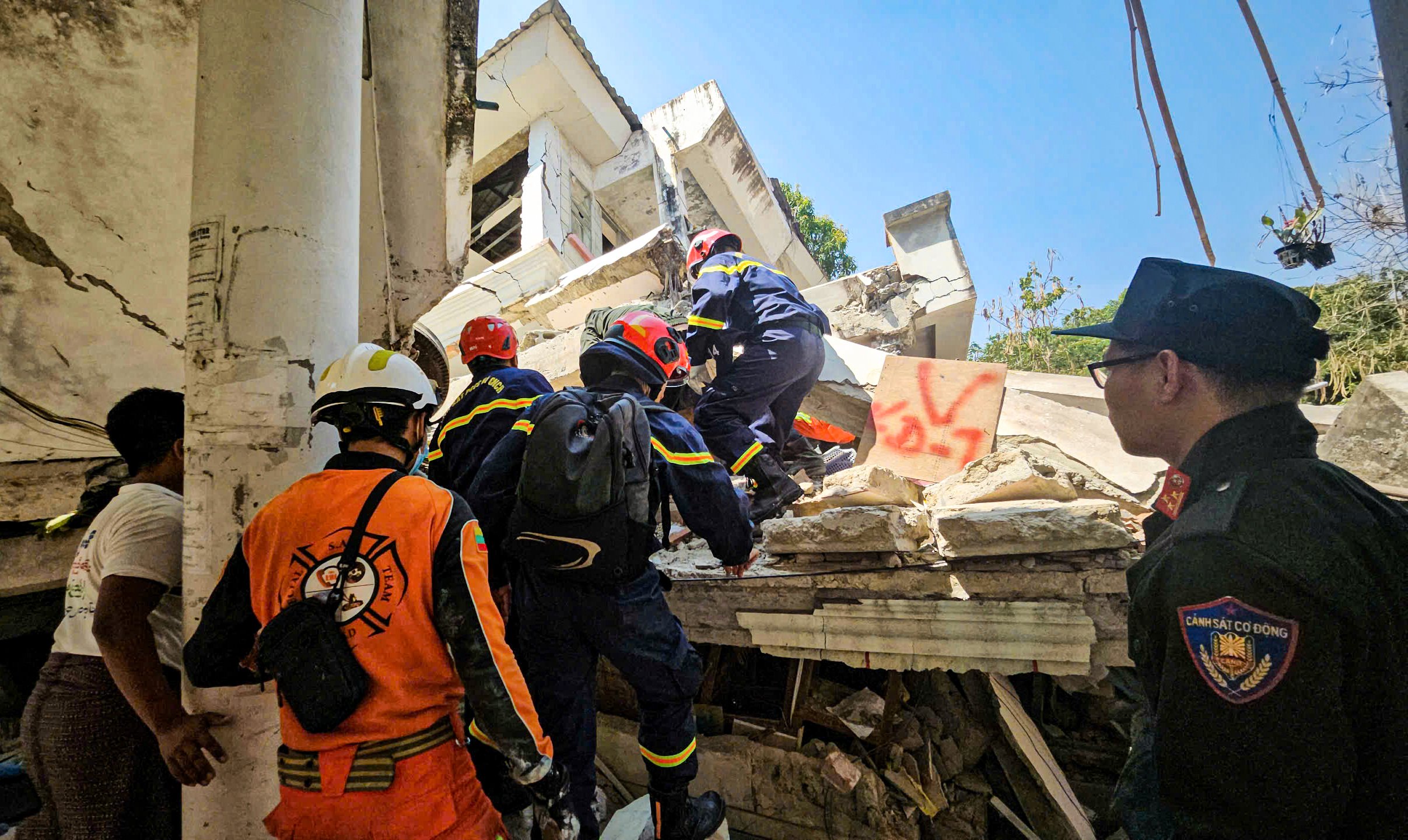











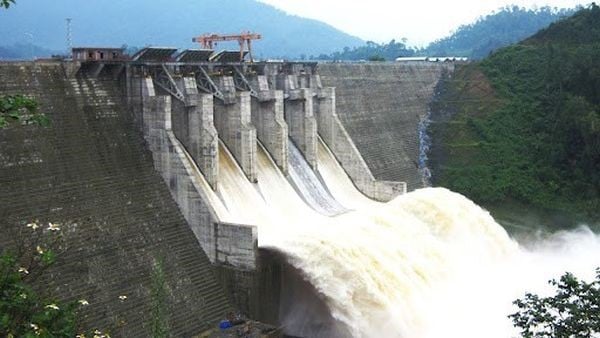


















![[REVIEW OCOP] An Lanh Huong Vet Yen Cat](https://vstatic.vietnam.vn/vietnam/resource/IMAGE/2025/3/27/c25032328e9a47be9991d5be7c0cad8c)

Comment (0)